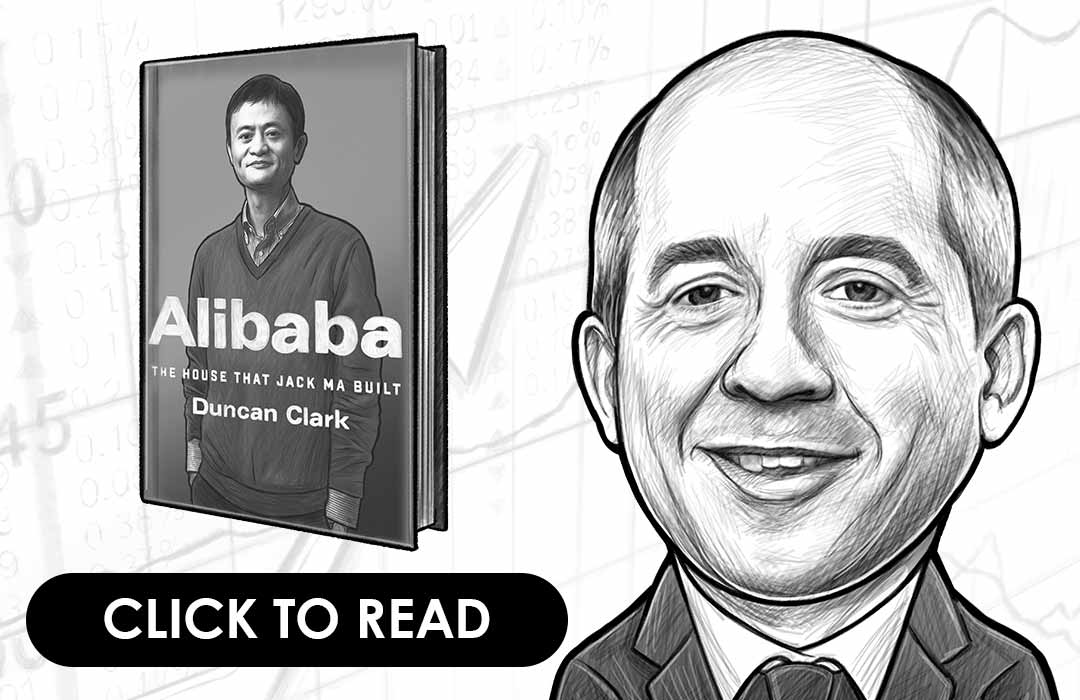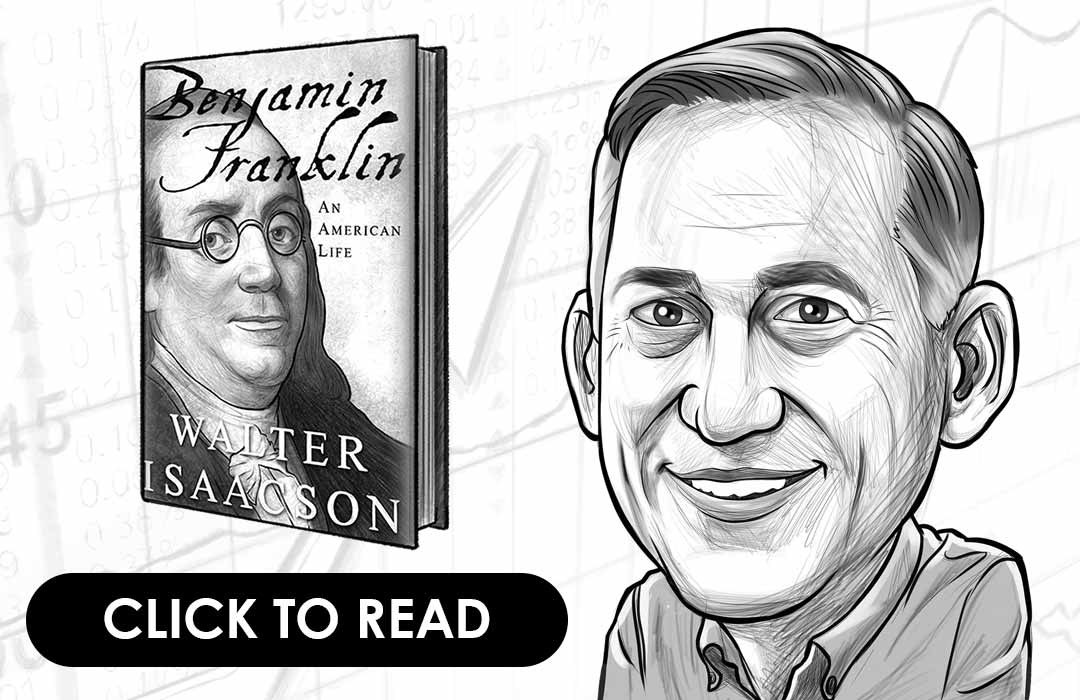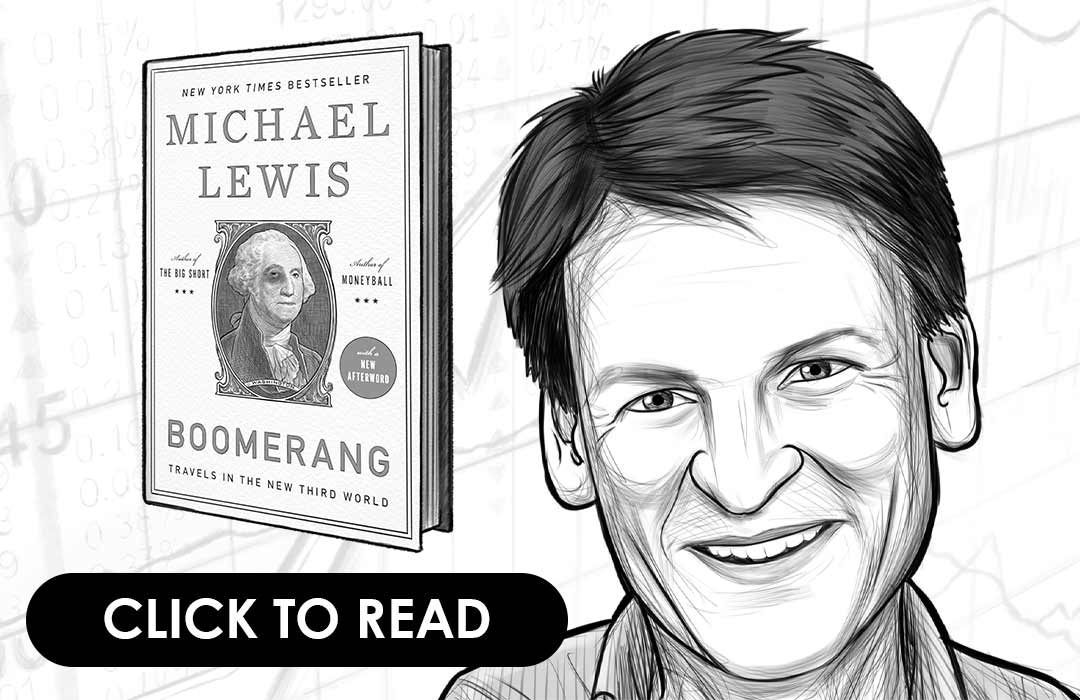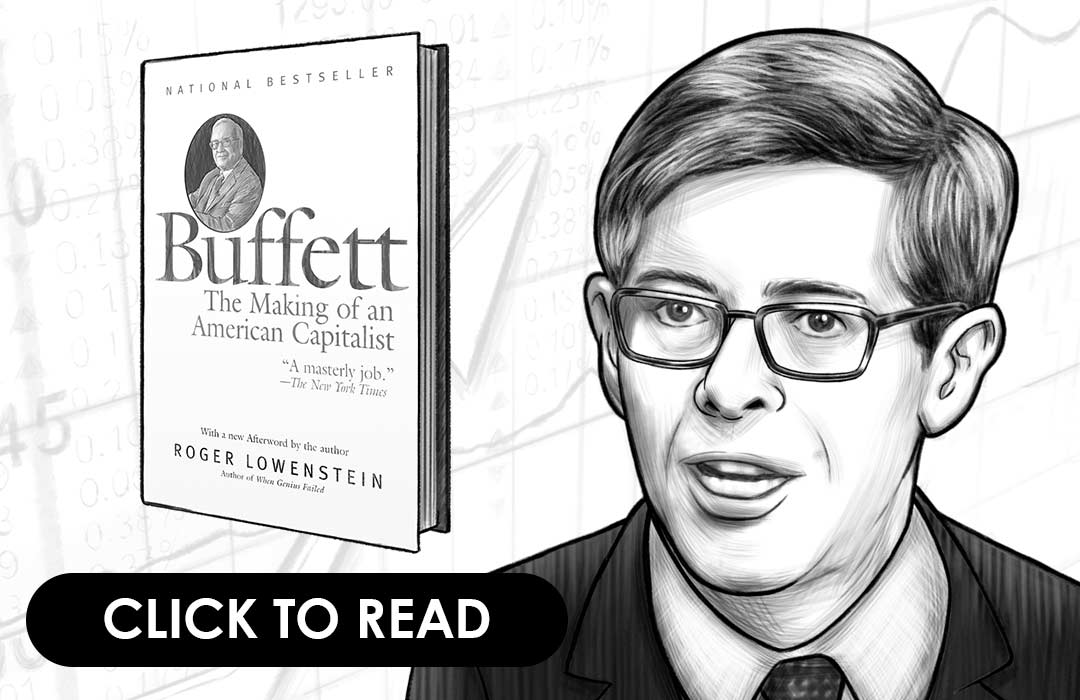An Executive Summary of Delivering Happiness
A Path To Profits, Passion, And Purpose By Tony Hsieh
WHO IS TONY HSIEH?
Tony Hsieh is an internet entrepreneur and was born on December 12th, 1973. He co-founded LinkExchange (an advertising network on the internet) and worked on the company until he could sell it to Microsoft for a whopping $265 million in 1999. Later, Tony became a major investor in Zappos and ultimately became the CEO. In 2009, Zappos was sold to Amazon for $1.2 billion. Tony is quite famous for his leadership prowess and focus on company culture. This can all be found in his book: Delivering Happiness.
GENERAL THOUGHTS ON DELIVERING HAPPINESS
To me, this book is nothing less than a masterpiece. After reading a ton of very inspirational books by the most successful people in the world, “Delivering Happiness,” stands out amongst those giants. This book is all about building the best culture for your organization.
Tony Hsieh’s company Zappos has one of the strongest cultures and visions I’ve ever read about. Everything is about delivering happiness to customers. He refuses to see customer service as a cost; rather as a competitive advantage. Why not use customer service as an opportunity to build your brand and create consumer trust all while fixing the issues they might encounter.
I would recommend this book to all leaders that are growing their organization, and to all employees that want to find the right organizations to work for.
Understand the financial markets
in just a few minutes.
Get the daily email that makes understanding the financial markets
easy and enjoyable, for free.
CHAPTER 1 – IN SEARCH OF PROFITS
In this section, Hsieh takes us down memory lane to his childhood. He talks about how his life was mapped out, thanks to his Asian-‐American parents. Hsieh was expected to learn Piano, but he had other plans. With a dream to run his own business, Hsieh experimented with several options including delivering newspapers. He was also interested in learning about computers and learnt PASCAL. At this point, Hsieh has also described his hilarious activities in the computer lab and it’s quite obvious that this child, filled with curiosity, was involved in quite a few mischievous activities.
Since Hsieh wasn’t able to cope with the classes and homework, he began choosing classes that didn’t affect his schedule. In a clever manner, he managed his classes so that he could have the rest of the day free on at least one day every week. Hsieh also asserts that it always pays to think outside the box even in school. For instance, when the students were asked to write a sonnet – a poem that contains 14 lines – Hsieh submitted Morse codes that were just dots and dashes of 14 lines and still managed to get outstanding grades. Perhaps, it was this very quick-‐witted thinking that helped him pave the way for his future.
As days passed by, Hsieh began working as a computer programmer for GDI and earned $15 every hour – an amount that was considered a fortune for any student in high school. Later, he applied to UC Berkeley, MIT, Stanford, Harvard and many other prestigious universities and was accepted by all of them. He got into Harvard and although he didn’t attend too many classes, he ended up crowdsourcing to gather notes and also made some profit on the side!
CHAPTER 2 – YOU WIN SOME, YOU LOSE SOME
In this section, Hsieh talks about his experiences out in the real world after finishing college. He was interviewed and began working in Oracle, but his work didn’t seem too exciting to him. In fact, it felt like easy money, especially since he was paid $40k for just running a few tests. Teamed with his friend Sanjay, Hsieh founded IMS (Internet Marketing Solutions) since a business associated with the World Wide Web seemed like a good idea at the time.
The concept of their business was to convince people to use a web site for free and after a while, they had landed their very first customer who actually paid them for their services. Since Hsieh was already spending too little time at Oracle, he decided that it was better to quit Oracle and continue his business where he could be in control of his own destiny. However, it didn’t work out as the two friends had expected and they began wondering if it was a good decision to quit their jobs.
Out of sheer boredom, they experimented with an idea named Internet Link Exchange (later changed to LinkExchange) and also programmed the web site. Anybody who had a website could sign up and display banner ads on their pages. The web sites would make money through the visitors viewing the ads and since everything was provided free for them, they opted for the service, thereby receiving a lot of advertisement in the meanwhile.
This business worked well for Hsieh and Sanjay and they were even offered to sell the company for $1 million! However, they turned down the offer and continued to expand their company. Eventually, they sold the company to Microsoft for $265 million. Astonishingly, Hsieh parted with a large sum of the money according to his agreement with Microsoft and walked away simply because he didn’t want to waste another day!
CHAPTER 3 – DIVERSITY
In this chapter, Hsieh talks about how he invested in Zappos. With a lot of money in hand, Hsieh began looking for companies that needed seed money to begin their businesses. It was at this time that he met Fred and Nick who had developed an idea of building a website that allowed customers to shop for shoes easily. Although Hsieh felt that customers wouldn’t buy shoes online, he realized that it was a great idea since the business picked up slowly. Since Nick and Fred were also passionate, Hsieh invested enough money in the company and the name was changed to Zappos. The business revolved around something called “drop shipping” and although it was prevalent in many industries, it was never tried in the shoe industry.
Within a short period of time, Hsieh and Alfred invested in 27 different companies that required investments. Although the businesses were doing well, Hsieh wasn’t comfortable with the fact that he wasn’t involved in the day-‐to-‐day activities of the businesses. Therefore, to combat boredom again, he discovered poker.
Hsieh not only enjoyed learning more about the mathematical calculations of the game, but he also implemented them in his own business strategies. For instance, selecting a good table was as important as the calculations to win. If you chose a table with 9 tired players with lots of money, you are more likely to win in that table when compared to another table with 9 experienced, focused players with little money. Similarly, he realized that the CEO of the company should always think twice about the business he wants to be in. Even if the business runs flawlessly, it’s going to head for trouble sooner or later if the market’s too small or if it’s the wrong market.
CHAPTER 4 – CONCENTRATE ON YOUR POSITION
Zappos was doing well, but thanks to the recession, 9/11, and the economy dwindling slowly, the company was sinking every day. Although they let go of many employees, they were still short of cash and even Hsieh’s personal money didn’t help them. Since they didn’t have too many choices, Hsieh began selling his properties, but they were still far away from turning Zappos into a profitable company. Instead of looking out for new customers, they focused on the present customers and thereby excelled in customer service, which would be a blessing in disguise for them later.
Hsieh was ready to do anything to save the company, so he decided that they would change their very business model to fit in. Zappos was involved only in drop-‐shipping, but buying the inventory from the brands would triple sales and Hsieh decided to liquidate his properties to arrange for the extra money. With luck on their side, they were also able to convince more brands and slowly built the business again. The sales were so good that they even surprised themselves and made $8.6 million (gross sales) in 2001. However, they ran into quite a few problems with Elogistics (a company they were associated with to ship orders) and Hsieh describes the phase as one of the most stressful times in his life. Hsieh asserts that it’s never a good idea to outsource a company’s core competency.
CHAPTER 5 – PLATFORM FOR GROWTH: BRAND, CULTURE, PIPELINE
Zappos was considerably growing bigger by the day and Hsieh wanted to excel at customer service, which led them to open their own call center in Las Vegas. It wasn’t the cheapest option and they could have certainly outsourced it to another agency, but they had learned their lesson while dealing with Elogistics and didn’t want to outsource their core competency to anybody else.
Surprisingly, many of the remaining employees moved with them to Las Vegas. Slowly, the company began to work as a team and the culture became more important than anything else. By focusing on customer service, employee training and culture, Zappos made a staggering $1 billion in 2008 – a sign that they had surpassed their own goals. These three key areas were important to Zappos and it continues to be the same even today. A company that had gone to the brink of shutting down was now progressing rapidly and they were in no mood to ever look back.
Hsieh also says that the company has focused more on the repeat customers rather than spending more money on advertising. Since the company makes the customers happy, they don’t have to rely to anything else other than word-‐of-‐mouth sales. In order to up their service, they offer two-‐way shipping to their customers and one can even try the products at home and return them for free. Although this route seems a little expensive, Hsieh believes that they have an edge over the other companies simply because of their principles and core values.
CHAPTER 6 – TAKING IT TO THE NEXT LEVEL
Once the Amazon acquisition was announced, Zappos garnered a lot of publicity even for small things. Hsieh states that they learnt an important lesson at that point of time when they realized that they could get publicity even if they didn’t intend to if they just stuck to what they were already doing. They continued with their excellent service and the media continued to highlight their activities, thereby creating interesting stories for the public too.
At this juncture, Hsieh also talks about how Zappos has managed to develop great relationships with reputed people all across the world. Hsieh was invited to speak in public and since he was uncomfortable with his regular written speech, he decided to just go with the flow. As on today, many employees from Zappos talk about their company without any PowerPoint presentations and they have succeeded more in their endeavors mainly because of their passion. Needless to say, many people have also congratulated them on their efforts to develop a company that focusses on everyone’s happiness, rather than just chasing money.
At this point, Hsieh realized that their mission truly helped other companies to improve their performance too. Zappos was slowly developing into something bigger, but the board of directors wasn’t interested in anything else other than the finances, and since they could fire Hsieh and hire another CEO, Hsieh and his colleagues decided that they would buy out the board.
Understand the financial markets
in just a few minutes.
Get the daily email that makes understanding the financial markets
easy and enjoyable, for free.
CHAPTER 7 – ENDGAME
In this final section of the book, Hsieh asks the readers to contemplate about their goals in life. What would you want to achieve in this life? Once you’ve answered that question, the next question is to ask why. Why do you want what you want? At the end of the day, an individual wants to be happy and Hsieh believes that it’s the most important element in our lives.
Whether it’s a customer who’s happy because of a perfect pair of shoes, or another customer who’s jubilant because of a shipping upgrade, it also boils down to one thing – happiness. Hsieh also states that Zappos is all about delivering happiness to not only the customer, but to the world. He urges everyone to find out what can make them really happy.
The science of happiness is very interesting and something you think makes you happy might not be that interesting at all. The opposite is also true where you’re happier by doing something you never thought you would. Basically, we humans don’t really know what it takes to truly make us happy and many of us spend our entire lives chasing something that might not deliver the ultimate happiness we’re truly seeking. Hsieh says that it’s incredible to apply this even to your business because it will automatically make you happy and also make your customers happy too.







